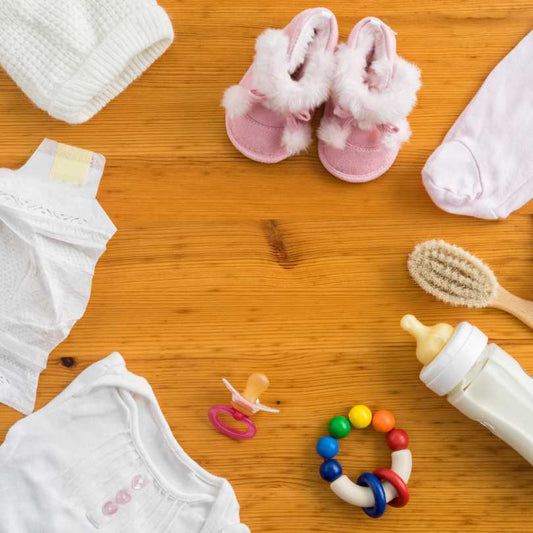
Aloha, have you ever noticed that your baby sometimes sweats unusually, especially while sleeping or eating? First of all, don't worry, this is completely normal and nothing to worry about. Babies don't yet have the same cooling system as adults, and their sweat glands aren't fully developed. This means they often sweat excessively or cool down more quickly. The Spanish Association of Pediatrics confirms that sweating at this age is completely normal and nothing to worry about.
But that doesn't mean we can't do anything to minimize sweating. One way is to pay attention to the type of material we use for baby care. Avoid tight-fitting materials that restrict the baby's skin, and make sure the baby isn't wearing too many layers of clothing. It's also important to make sure the baby is well hydrated. If the baby is younger than 6 months, we should ask the pediatrician if they can have water in addition to milk. For older children, it is recommended to supplement their daily diet with at least a glass of water, since our bodies are made up of 70% water. If the baby sweats excessively, it may indicate that they are dehydrated.
Another important factor is choosing the right clothing for the weather. In summer, it's advisable to choose light and breathable clothing that will reduce perspiration and prevent allergies. A hammock can be a good choice, as it allows you to regulate your body temperature relative to the outside temperature and minimize sweating.
Pay attention to your surroundings!
You should Try to arrange the environment so that children can better regulate their body temperature. It's not good to have them in very enclosed spaces with very high or very low temperatures.
Also, be aware that if your child is tired, lacks appetite, or vomits, it may be due to a drastic change in temperature and poor body regulation. In this case, you should immediately measure your child's temperature and consult a pediatrician.
As parents, you need to learn how to optimally manage the use of appropriate clothing and materials that meet the needs of children in different climates. This way, you don't compromise your child's health and they can easily adapt to their environment.




